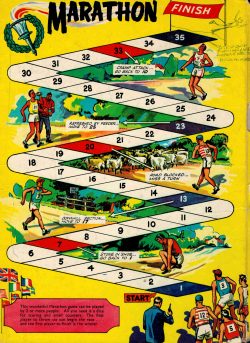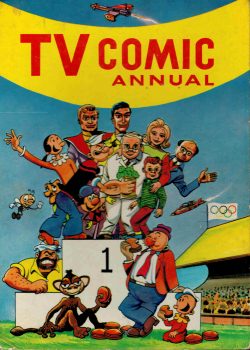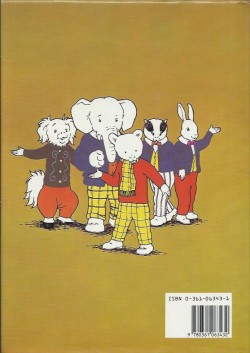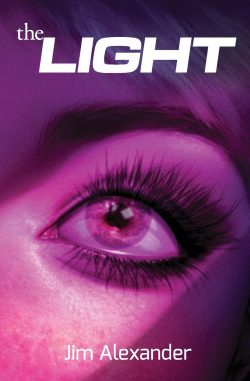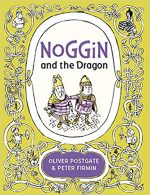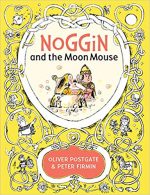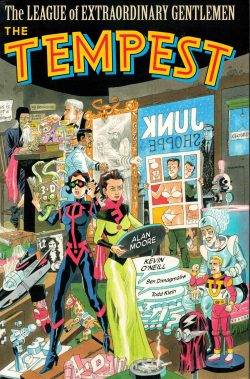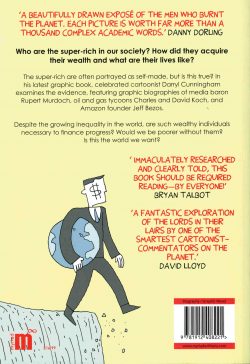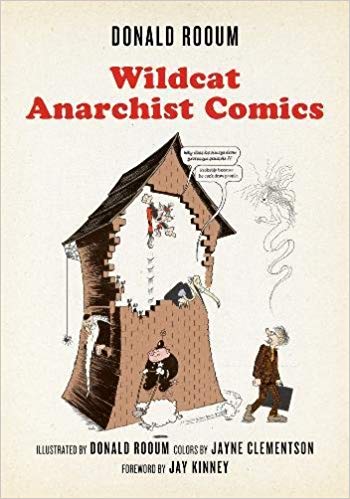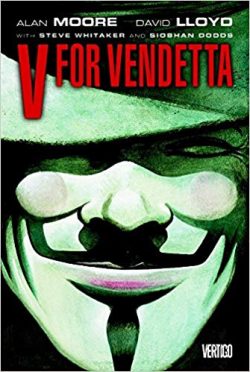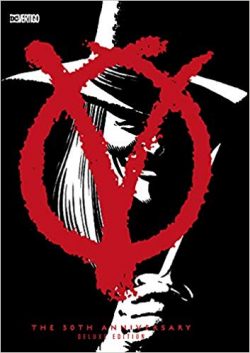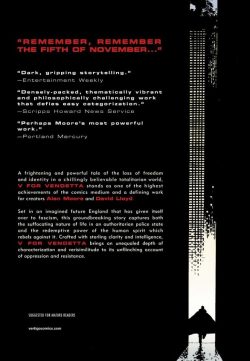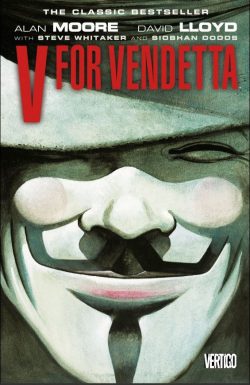
By many and various (IPC Magazines, Ltd)
SBN: 85037-166-X
Smash! launched with a cover-date of February 5th 1966: an ordinary Odhams anthology weekly which was quickly re-badged as a Power Comic at the end of the year; combining home-grown funnies and British originated thrillers with resized US strips to capitalise on the American superhero bubble created by the Batman TV series.
Power Comics was a sub-brand used by Odhams to differentiate those periodicals which contained reprinted American superhero material from the company’s regular blend of sports, war, western, adventure and humour comics – such as Buster, Valiant, Lion or Tiger.
During the Swinging Sixties the Power weeklies did much to popularise the budding Marvel universe characters in this country, which was still poorly served by distribution of the original American imports.
The increasingly expensive American reprints were dropped in 1969 and Smash! was radically retooled with the traditional mix of action, sport and humour strips. Undergoing a full redesign, it was relaunched on March 15th 1969 with all-British material and finally disappeared into Valiant in April 1971 after 257 issues.
However, the Seasonal specials remained a draw until October 1975 when Smash Annual 1976 properly ended the era. From then on, the Fleetway brand had no room for the old guard – except as re-conditioned reprints in cooler, more modern books…
As I’ve monotonously repeated, Christmas Annuals were forward-dated so this monumental mix of shock, awe and haw-haw was probably being put together between spring and September 1974, combining new strip or prose stories of old favourites with remastered reprints from other Fleetway-owned comics and a wealth of general interest fact features.
Here then, following a contents page/cast pin-up double page spread of the Swots and Blots, the festive fun kicks off with a promise of trouble to come – and a modicum of editorial fourth wall-busting – from ‘Bad Penny’ with what today seems a rather uncomfortable photo spread featuring chimps in human dress entitled ‘Monkey Music Tricks’…
Devised by Barrie Mitchell and unbelievably popular, ‘His Sporting Lordship’ was a light-hearted everyman comedy drama and one of the most popular strips of the era. Debuting in Smash!, in 1969 Henry Nobbins survived the merger with Valiant and only retired just before the comic itself did.
Cover-featured Nobbins was only a common labourer when he unexpectedly inherited £5,000,000 and the title Earl of Ranworth. Unfortunately, he couldn’t touch the cash until he restored the family’s sporting reputation… by winning all the championships, prizes and awards that his forebears had held in times past…
Further complicating the issue was rival claimant Parkinson who, with henchman Fred Bloggs, constantly tried to sabotage his attempts. Luckily the new Earl was ably assisted by canny, cunning butler Jarvis…
With art (possibly?) by Douglas Maxted, this red-&-black-hued romp is his last ever appearance as the unlikely toff and his capable manservant attempt a sporting double – in ballooning and knitting – despite the scurrilous efforts of the skulking nemeses…
The first of a series of puzzle pages is next as ‘Smash Quiz No. 1’ asks questions on sporting subjects after which a prose tale of ‘Master of the Marsh’ (illustrated by the Solano Lopez studio) sees enigmatic hermit/P.E. teacher Patchman taking his pack of hooligans and rabble-rousers on an exchange trip to America, after which gags return in a perilous sub-sea lark for the crew of ‘Ghost Ship’ (by Sid Burgon?) and a nasty dose of civic pride causes carnage amidst the ongoing class war on Reg Parlett’s ‘Consternation Street’.
Also splitting sides and tickling ribs is Leo Baxendale’s ‘The Swots and the Blots’ – with a cataclysmic snowy guest shot from minxish Penny – whilst Fool who Fell to Earth ‘Monty Muddle’ (originally Milkiway – The Man from Mars in Buster) explores Earthlings’ obsession with digging holes.
Prose fact-feature ‘Fishing Can be Fun’ – illustrated by Ted Andrews and with photos – leads to history vignette ‘Pursuit in the Snow’ detailing an alpine pursuit during WWII before we enjoy a true gem of British comics suspense.
Written by Scott Goodall with Ken Mennell and Chris Lowder, ‘Cursitor Doom’ is the unquestioned masterpiece of Eric Bradbury – one of our greatest ever stylists. The strip is a darkly brooding Gothic thriller quite unlike anything else in comics then or since. If pushed, I’ll liken it most to William Hope Hodgson’s Karnacki the Ghost Breaker novelettes – although that’s more for flavour than anything else and even that doesn’t really cover it.
Doom is a fat, bald, foul-tempered, cape-wearing know-it-all who is also humanity’s last-ditch defence against the forces of darkness. With his strapping and rugged young assistant Angus McCraggan and Scarab, a trained raven (or is it, perhaps, something more?), Doom crushes without mercy any threat to humanity’s wellbeing. Here, that’s the sudden rising of ancient pagan gods animating the nations flora and imbuing it with a taste for blood…
Refreshing ourselves with more laughs, a brace of animal antics in Stan McMurtry’s ‘Percy’s Pets’ segues neatly into chilling chuckles in Leo Baxendale’s ‘The Haunts of Headless Harry’…
Globe trotting journalist/adventurer Simon Test barely survives the diabolical ‘Revenge!’ of mad millionaire boffin Jabez Coppenger: a breathtaking thriller courtesy of Angus Allen & Bradbury, after which ‘Smash Hits’ doles out a double helping of single-panel gags and ‘Wacker’ (originally Elmer when first seen in Buster) finds the oaf trying out the job of lorry driver in a riotous romp from Roy Wilson, before we pause once more for intellectual stimulation as ‘Smash Quiz No. 2’ tests our affinity ‘For Motorcars’…
A full-colour section begins and ends with a brace of strips starring smug know-it-all ‘Big ‘Ead’ (another Buster ex-pat, limned by Nadal), bookending a lengthy photo-feature on model railways dubbed ‘Weeny Wonders’ before monochrome returns with ‘Smash Quiz No. 3 (For Animals)’ and another Baxendale (or maybe the legendary Mike Brown? You should look him up…) clash between ‘The Swots and the Blots’: a seasonal shocker as the kids perform a panto…
Another historical photo-feature on the British NRA and the shooting range at ‘Bisley’ follows, after which the spooks of the ‘Ghost Ship’ clash with a seagoing saurian and ‘Sam’s Spook’ gets his adopted mortal into more trouble before ‘Storm Hero’ tantalises in text with the tale of a daring cliff rescue.
‘Percy’s Pets’ (McMurtry or possibly Cyril Price) sees a skunk save the day before ‘Giants of Sport’ offers a roundup of contemporary legends and triumphs and ‘The Swots and the Blots’ indulge again in their own class war and thus won’t join us for ‘Smash Quiz No. 4 – For Soldiers’…
Returning to full-colour, Victorian escapologist and showman ‘Janus Stark’ involves himself in a police hunt for a fantastic band of thieves only to discover all is not as it seems…
Stark was a fantastically innovative and successful strip. Created by Jack Legrand, and written by Tom Tully for the 1969 relaunch of Smash!, the majority of the art was from Francisco Solano Lopez’s Argentinean studio (including stints by Francisco Fuentes-Man, Juan GarcÃa Quirós and Tom Kerr). The eerie moodiness well-suited the saga of a foundling who grew up in a grim orphanage to become the greatest escapologist of the Steam Age.
The Man with Rubber Bones also had his own ideas about Justice, and would joyously sort out scoundrels the Law couldn’t or wouldn’t touch. A number of creators worked on this feature, which survived until the downsizing of Fleetway’s comics division in 1975 – and even beyond – as Stark escaped oblivion when the series was continued in France – even unto Stark’s eventual death and succession by his son!
Back in black & white for the final stages, ‘Smash Quiz No. 5’ tests For Hobbies, ‘Big ‘Ead’ goes skiing and photo-essay‘Clowning Around’ clues us in on everything we need to know about making kids laugh and some adults scream.
‘The World-Wide Wanderers’ were a literally international team of footballers drawn from many different countries – talk about prophetic! – who here star in prose yarn ‘Five-A-Side’ as acrimony and resentment between attack and defence divides the team, with unexpected benefits for a local charity before everything ends with ‘It’s Bad Penny Again’ as the tiny terror learns a painful lesson…
As my knowledge of British creators from this time is so woefully inadequate, I wouldn’t be surprised if I’ve misattributed and besmirched the good names of Leo Baxendale, Gordon Hogg, Stan McMurtry, Graham Allen, Mike Lacey, Terry Bave, Artie Jackson and numerous international artists anonymously utilised throughout this period. Even more so the unsung authors responsible for much of the joy in my early life – and certainly the childhoods of millions of others…
Christmas simply wasn’t right without a heaping helping of these garish, wonder-stuffed compendia offering a vast variety of stories and scenarios. Today’s celebrity, TV and media tie-in packages simply can’t compete, so why not track down a selection of brand-old delights with proven track record and guaranteed staying power…?
© IPC Magazines, Ltd. 1974.

